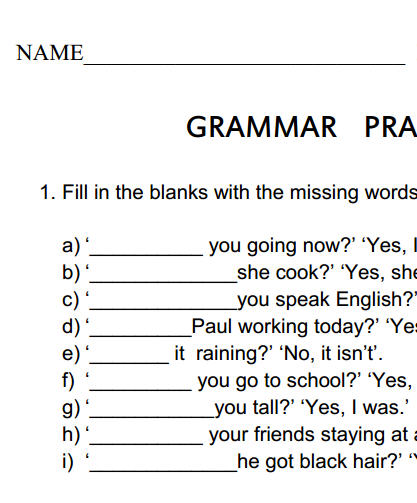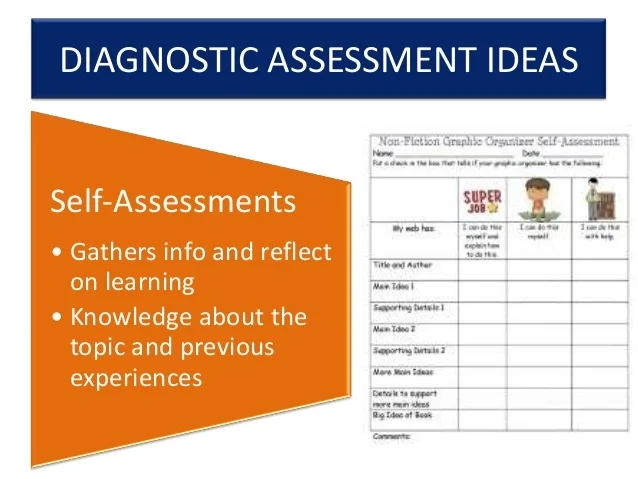
Informal assessment are those that are used to evaluate a student's own performance and progress individually. It is the teachers and parents of measuring the student's progress.Informal assessments are to obtain information that can be used to make judgement about the student's learning.
The Purpose of Informal Assessment
- Enables the teacher to identify student's behaviors, performances, and decision making.
- Provides insight into a particular behavior and a basis for planning a specific teaching strategy.
- Helps obtain more detailed insight into behavior over a period of time.
- Enables teacher to observe and easily check off what student know and their abilities.
- Allows students to explain work sample or particular answer.
Examples of Informal Assessment
- Observation
- Grading

- Portfolios

- Test / Quiz

Opinion and Reflection on Informal Assessment
In my opinion, informal assessments are to observe and monitor students in class during teaching and learning. To gain a deeper knowledge by interacting with the students on what they understand and can do. Also, informal assessment provide opportunity for students to present and explain their learning experiences.
It helps student to motivate and guide in discussion through questions.
Suggestions to improve Informal Assessment
- Plan for observation and be clear about the purpose of observation.
- Record only what is observe and heard, should deal with facts.
- Maintain objectivity and try to include as much detail as possible.
- Ask questions at all levels of Bloom's Taxonomy in order to gain understanding in student's learning.
 |
| http://faculty.scf.edu/sharric/forpdimages/gL13inform.gif |
Reference :
http://www.education.com/reference/article/informal-methods-assessment/
http://sydney.edu.au/education_social_work/groupwork/docs/TypesOfAssessment.pdf
http://study.com/academy/lesson/informal-assessments-in-the-classroom-examples-types-quiz.html












